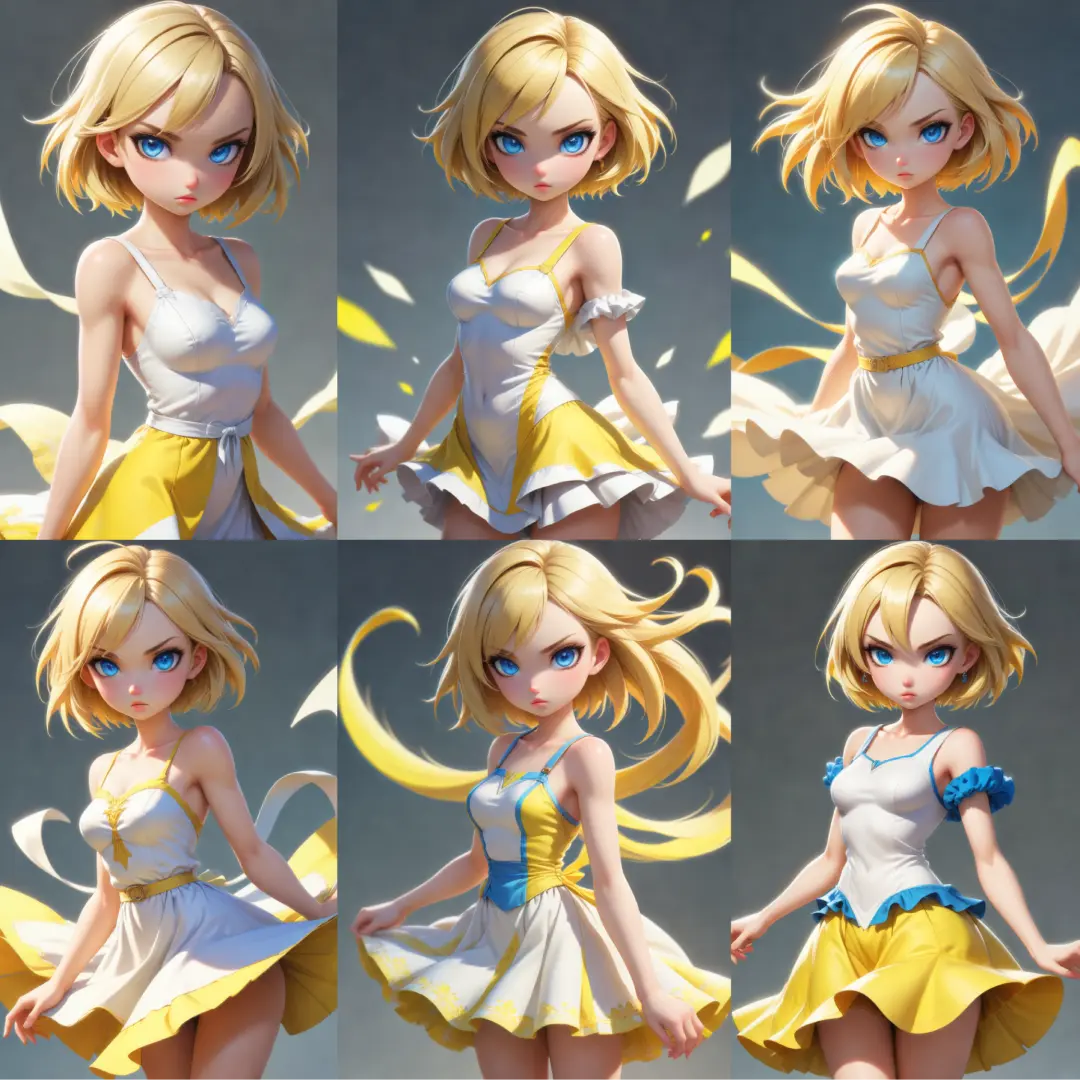ComfyUI Node: XY Input: Lora Block Weight
XY Input: Lora Block Weight __Inspire
CategoryInspirePack/LoraBlockWeight
Dr.Lt.Data (Account age: 747days) Extension
ComfyUI Inspire Pack Latest Updated
2025-04-04 Github Stars
0.54K
How to Install ComfyUI Inspire Pack
Install this extension via the ComfyUI Manager by searching for ComfyUI Inspire Pack- 1. Click the Manager button in the main menu
- 2. Select Custom Nodes Manager button
- 3. Enter ComfyUI Inspire Pack in the search bar
Visit ComfyUI Online for ready-to-use ComfyUI environment
- Free trial available
- 16GB VRAM to 80GB VRAM GPU machines
- 400+ preloaded models/nodes
- Freedom to upload custom models/nodes
- 200+ ready-to-run workflows
- 100% private workspace with up to 200GB storage
- Dedicated Support
XY Input: Lora Block Weight Description
Facilitates manipulation and comparison of Lora block weights for detailed analysis and visualization in ComfyUI Inspire Pack.
XY Input: Lora Block Weight:
The XY Input: Lora Block Weight node is designed to facilitate the manipulation and comparison of Lora block weights within the Inspire Pack for ComfyUI. This node allows you to input and manage various block weight vectors, enabling detailed analysis and visualization of their effects. By leveraging this node, you can efficiently handle complex weight configurations, compare different block weights, and generate insightful visual representations. This is particularly useful for AI artists looking to fine-tune their models and understand the impact of different weight settings on their outputs.
XY Input: Lora Block Weight Input Parameters:
lora_name
This parameter specifies the name of the Lora model you are working with. It is essential for identifying the correct model to apply the block weights to. The name should match the model's identifier in your workspace.
strength_model
This parameter controls the strength of the model's influence. It determines how much the Lora model's weights will affect the final output. The value typically ranges from 0 to 1, with 0 meaning no influence and 1 meaning full influence.
strength_clip
This parameter adjusts the strength of the clip model's influence. Similar to strength_model, it ranges from 0 to 1 and dictates the extent to which the clip model's weights impact the output.
inverse
A boolean parameter that, when set to true, inverts the effect of the block weights. This can be useful for exploring the opposite impact of certain weight configurations.
block_vectors
This parameter accepts a string of block weight vectors, each separated by a newline. Each vector can be a target vector or a reference vector, and they are used to define the specific weights applied to different blocks within the model.
seed
The seed parameter is used for random number generation, ensuring reproducibility of results. By setting a specific seed value, you can guarantee that the same random weights are applied each time.
A
This parameter is part of the common parameters used internally by the node. It is typically set automatically and does not require manual adjustment.
B
Similar to A, this parameter is part of the common parameters and is managed internally by the node.
heatmap_palette
This parameter defines the color palette used for generating heatmaps. It allows you to customize the visual representation of weight effects, making it easier to interpret the results.
heatmap_alpha
This parameter controls the transparency level of the heatmap overlay. A value between 0 and 1, where 0 is fully transparent and 1 is fully opaque, helps in adjusting the visibility of the heatmap.
heatmap_strength
This parameter adjusts the intensity of the heatmap. It determines how strongly the weight effects are visualized, with higher values indicating more pronounced effects.
xyplot_mode
This parameter specifies the mode of the XY plot. Options include "Simple", "Diff", and other modes that determine how the block weights and their effects are compared and visualized.
XY Input: Lora Block Weight Output Parameters:
X (vectors)
This output parameter provides the processed block weight vectors. These vectors are ready for further analysis or application within the model, representing the specific weights configured through the input parameters.
Y (effect_compares)
This output parameter offers a comparison of the effects of different block weights. It includes visual representations such as heatmaps and difference plots, helping you understand the impact of various weight configurations on the model's performance.
XY Input: Lora Block Weight Usage Tips:
- Experiment with different
strength_modelandstrength_clipvalues to find the optimal balance for your specific use case. - Use the
inverseparameter to explore the opposite effects of your block weight configurations, providing deeper insights into their impact. - Customize the
heatmap_paletteandheatmap_alphato enhance the visual clarity of your heatmaps, making it easier to interpret the results.
XY Input: Lora Block Weight Common Errors and Solutions:
"Invalid Lora model name"
- Explanation: The specified Lora model name does not match any available models in your workspace.
- Solution: Ensure that the
lora_nameparameter matches the exact identifier of the model you intend to use.
"Block vector format error"
- Explanation: The block vectors provided in the
block_vectorsparameter are not formatted correctly. - Solution: Verify that each block vector is correctly formatted and separated by a newline. Ensure that target and reference vectors are properly specified.
"Seed value out of range"
- Explanation: The seed value provided is outside the acceptable range.
- Solution: Use a valid seed value within the acceptable range to ensure proper random number generation and reproducibility.
XY Input: Lora Block Weight Related Nodes
RunComfy is the premier ComfyUI platform, offering ComfyUI online environment and services, along with ComfyUI workflows featuring stunning visuals. RunComfy also provides AI Models, enabling artists to harness the latest AI tools to create incredible art.


